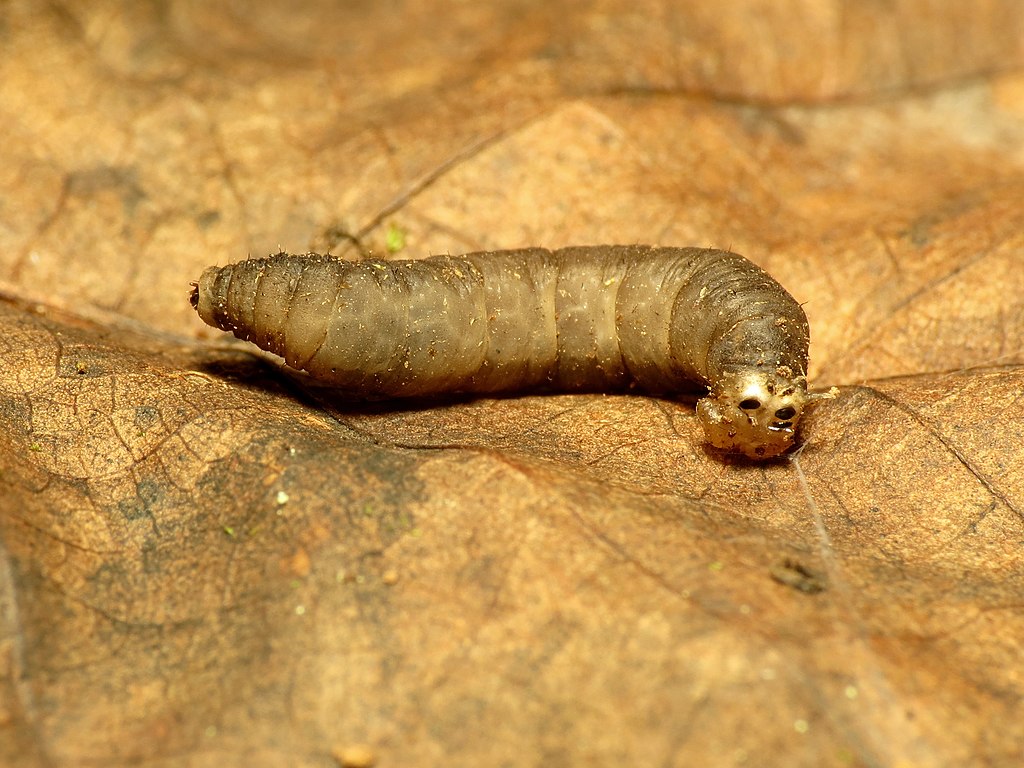Picture this: you’re lying in a hospital bed, and your doctor casually mentions that tiny white larvae will be placed on your infected wound to help it heal. Your first instinct might be to run screaming from the room, but these squirming creatures could literally save your life. While most people associate maggots with decay and death, certain species have become unlikely heroes in modern medicine, performing surgical precision that sometimes surpasses our most advanced treatments.
The Ancient Practice Making a Modern Comeback
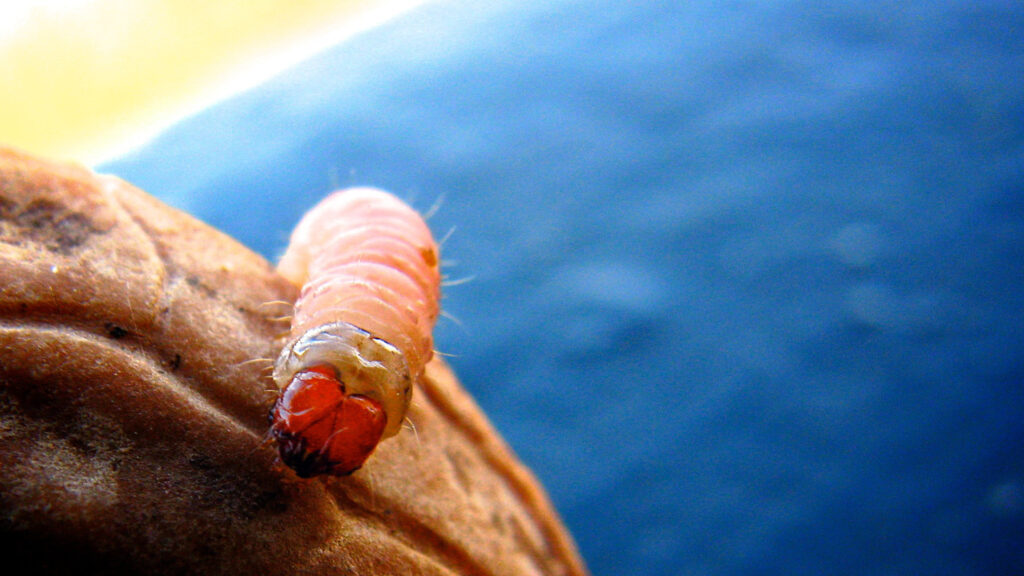
Maggot therapy isn’t some bizarre new medical fad – it’s actually one of humanity’s oldest healing practices. Indigenous peoples around the world discovered centuries ago that certain wounds cleaned by fly larvae healed faster and with fewer complications than those treated by conventional means. During World War I, military surgeons noticed something remarkable: soldiers whose wounds had been “infested” with maggots often recovered better than those with “clean” injuries. This observation sparked serious medical interest, though it would take decades before the practice gained scientific credibility.
Meet the Medical Maggots
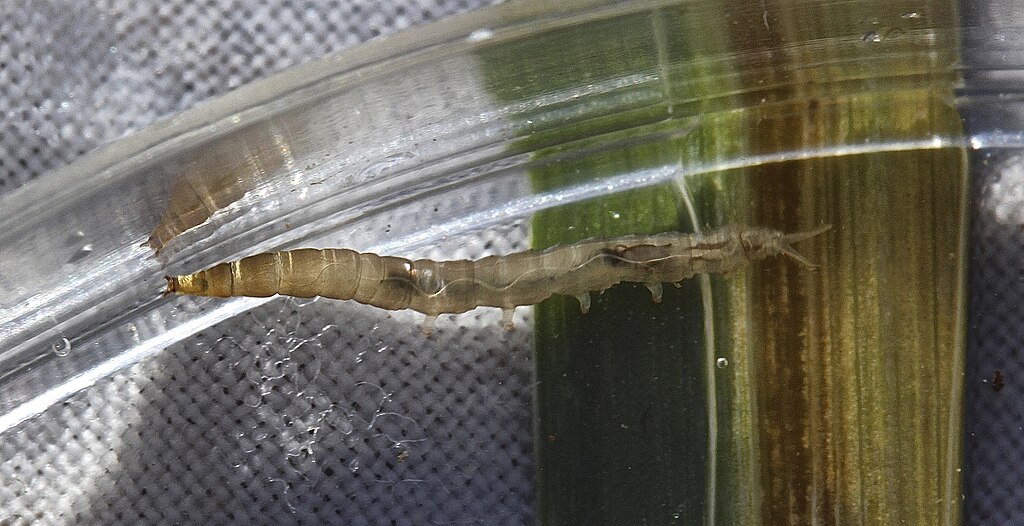
Not all maggots are created equal when it comes to wound care. The star performers belong to the species Lucilia sericata, commonly known as green bottle flies. These aren’t your typical garbage-dwelling larvae – they’re specially bred in sterile laboratory conditions to ensure they’re free from harmful bacteria. These medical-grade maggots are raised from eggs in controlled environments, fed sterilized diets, and undergo rigorous quality control before being deemed suitable for human treatment. It’s like having a specialized surgical team, except they’re about the size of rice grains and wiggle constantly. The process of creating these therapeutic larvae involves multiple generations of breeding to ensure genetic consistency and optimal healing properties.
How Maggots Perform Microscopic Surgery
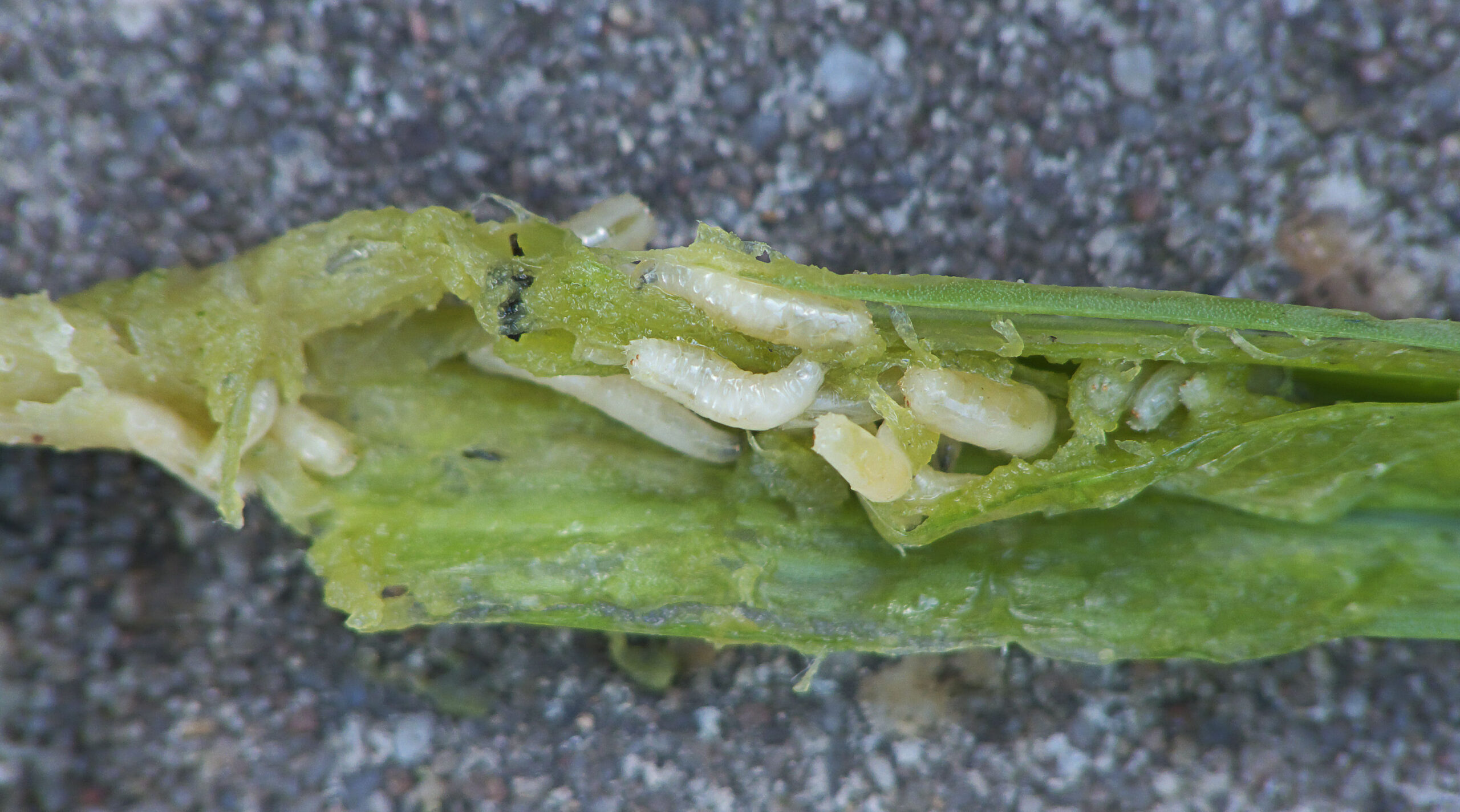
The magic happens through a process called debridement – essentially, the maggots eat away dead and infected tissue while leaving healthy tissue completely untouched. Their mouths are too small to damage living cells, making them incredibly precise biological scalpels. As they feast on necrotic tissue, maggots secrete powerful enzymes that break down dead proteins and bacterial biofilms. These secretions also contain antimicrobial compounds that actively fight infection, creating a sterile environment for healing. Think of it like having a team of microscopic janitors who not only clean up the mess but also disinfect everything they touch. The maggots work 24/7, never taking breaks, and they’re motivated by the most basic biological drive – hunger.
The Science Behind the Squirm
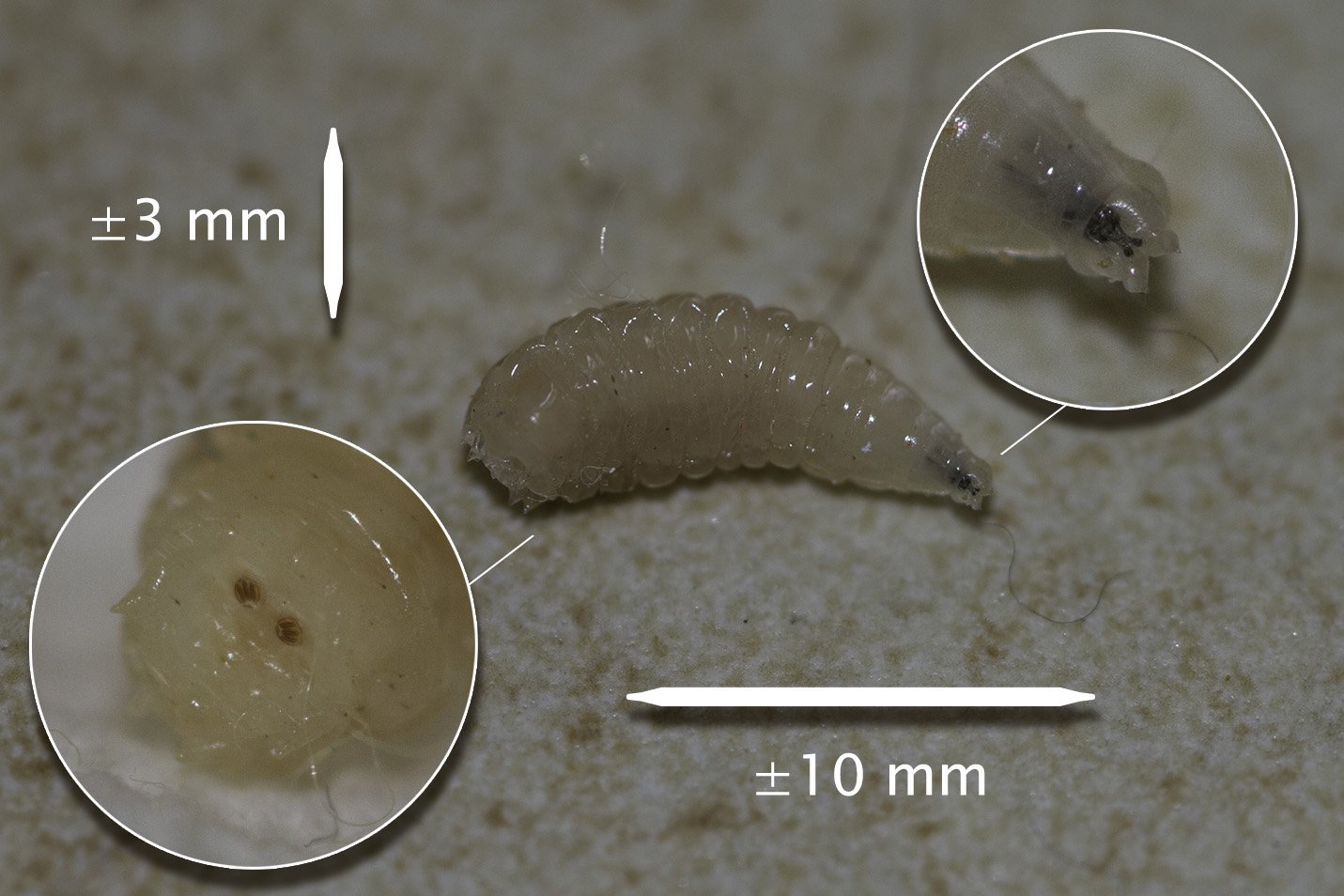
Research has revealed that maggot secretions contain over 20 different antimicrobial compounds, including substances that can kill antibiotic-resistant bacteria like MRSA. These natural antibiotics often work where modern pharmaceuticals fail, making maggots valuable allies in our fight against superbugs. The larvae also produce growth factors that stimulate tissue regeneration and improve blood flow to the affected area. Their constant movement creates a gentle massage effect that further promotes circulation and healing. Studies have shown that maggot therapy can reduce healing time by up to 50% compared to conventional treatments, particularly in cases of diabetic ulcers and pressure sores.
When Doctors Prescribe Creepy Crawlies
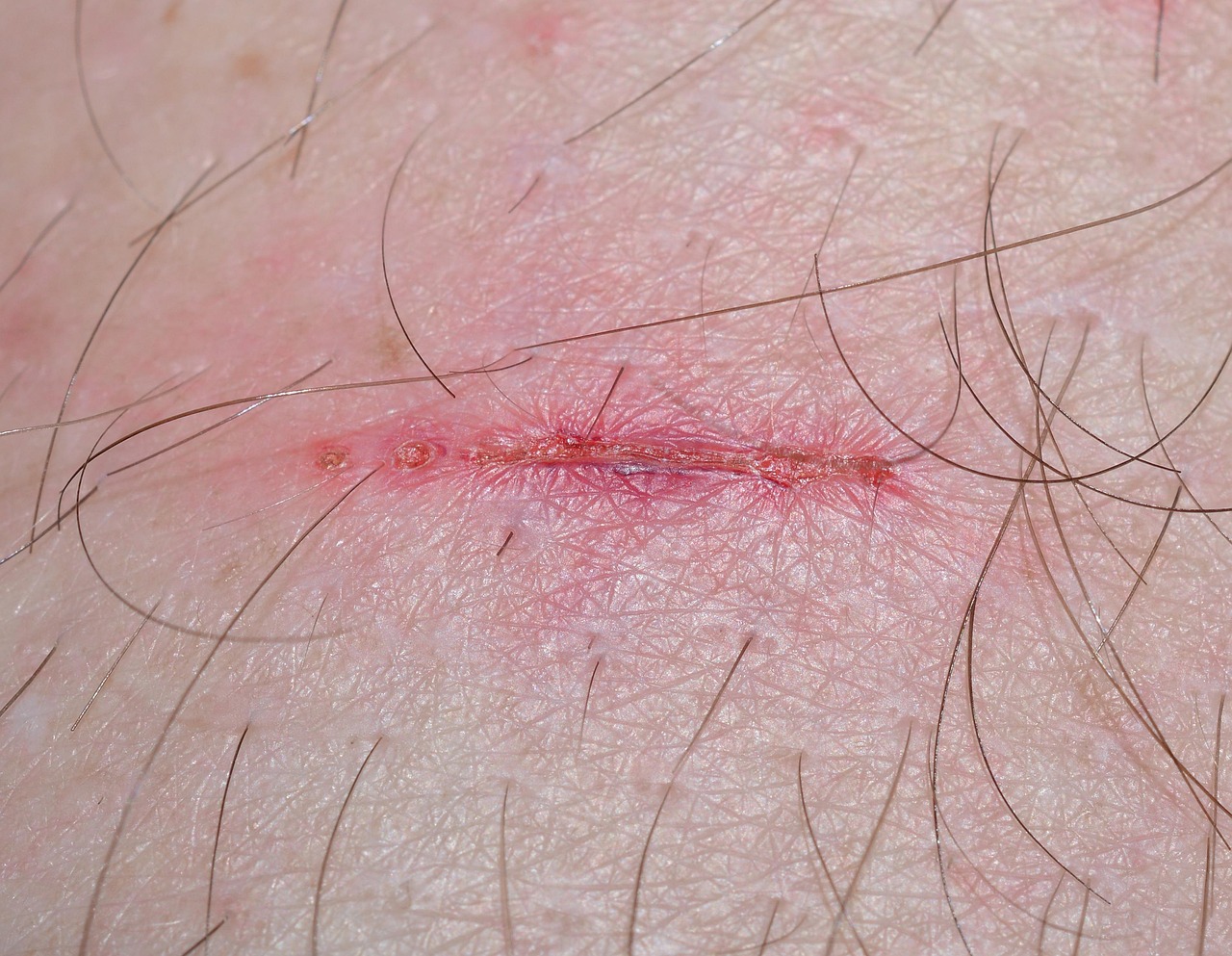
Maggot therapy is typically reserved for chronic wounds that haven’t responded to standard treatments. Diabetic foot ulcers, pressure sores, and infected surgical sites are prime candidates for this unconventional approach. The decision to use maggots isn’t made lightly – doctors consider factors like wound size, infection severity, and patient tolerance. It’s often viewed as a last resort before amputation, making these tiny creatures literal lifesavers. Patients who undergo maggot therapy typically see results within 48-72 hours, with visible reduction in dead tissue and signs of infection. The treatment usually lasts 2-4 days, depending on the wound’s condition.
The Patient Experience

Contrary to popular belief, most patients report that maggot therapy is surprisingly comfortable. The larvae are typically contained within a special dressing that prevents them from wandering while allowing them to do their work. Some patients describe a subtle tickling sensation, while others feel nothing at all. The psychological barrier is often much higher than the physical discomfort, with many patients expressing amazement at how quickly their wounds improve. Healthcare workers often spend considerable time educating patients about the process, helping them overcome natural revulsion and understand the genuine medical benefits. Once patients see the results, skepticism usually turns to gratitude.
Maggots vs. Modern Medicine
While high-tech medical devices and sophisticated pharmaceuticals dominate modern healthcare, maggots offer advantages that technology simply can’t match. They’re incredibly cost-effective, require no electricity, and work with surgical precision that no human hand can replicate. Unlike antibiotics, which can contribute to resistance when overused, maggots use multiple mechanisms to fight infection simultaneously. This makes it nearly impossible for bacteria to develop resistance to their natural antimicrobial compounds. The environmental impact is also minimal – no manufacturing, no chemical waste, and the maggots themselves are completely biodegradable. They represent the ultimate in sustainable medicine.
The Regulatory Journey
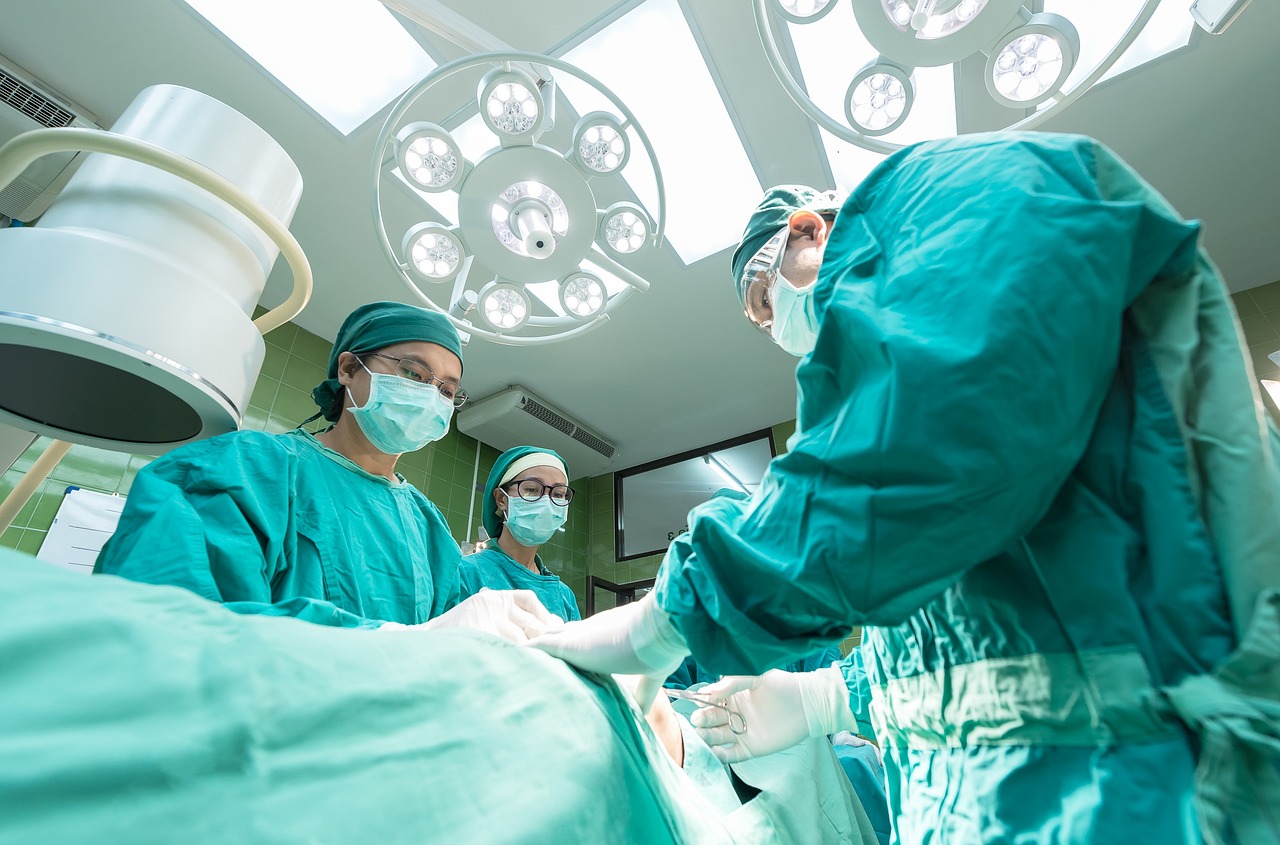
Getting maggots approved as a medical device required extensive clinical trials and regulatory approval. The FDA first approved maggot therapy in 2004, classifying the larvae as a “medical device” rather than a drug. This classification was crucial because it recognized maggots as a legitimate medical treatment while establishing standards for their production and use. Companies that produce medical maggots must follow strict guidelines similar to those for pharmaceutical manufacturers. The approval process helped legitimize maggot therapy in the eyes of the medical community, leading to increased research and clinical adoption worldwide.
Global Adoption and Cultural Attitudes
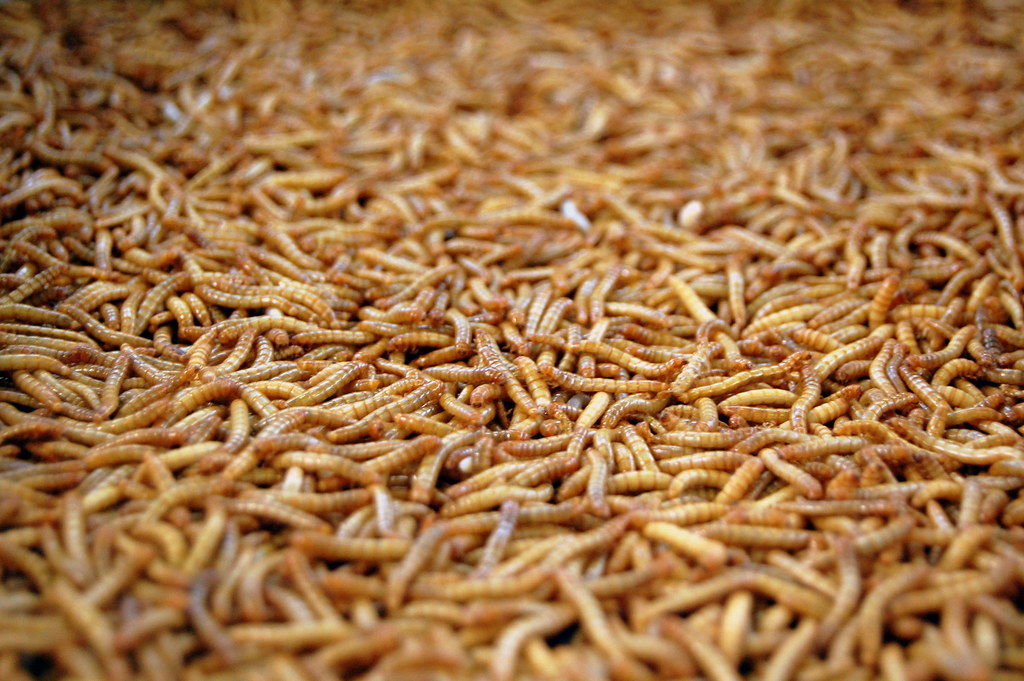
While maggot therapy has gained acceptance in Western medicine, cultural attitudes vary dramatically around the world. Some cultures view the use of insects in healing as completely natural, while others struggle with the concept despite scientific evidence. Countries like the UK, Germany, and Australia have embraced maggot therapy more readily than the United States, where cultural squeamishness sometimes overrides medical practicality. Training programs for healthcare providers often include significant emphasis on patient education and cultural sensitivity. Interestingly, some regions that initially rejected the practice due to cultural taboos are now reconsidering as antibiotic resistance becomes a growing concern.
The Economics of Maggot Medicine
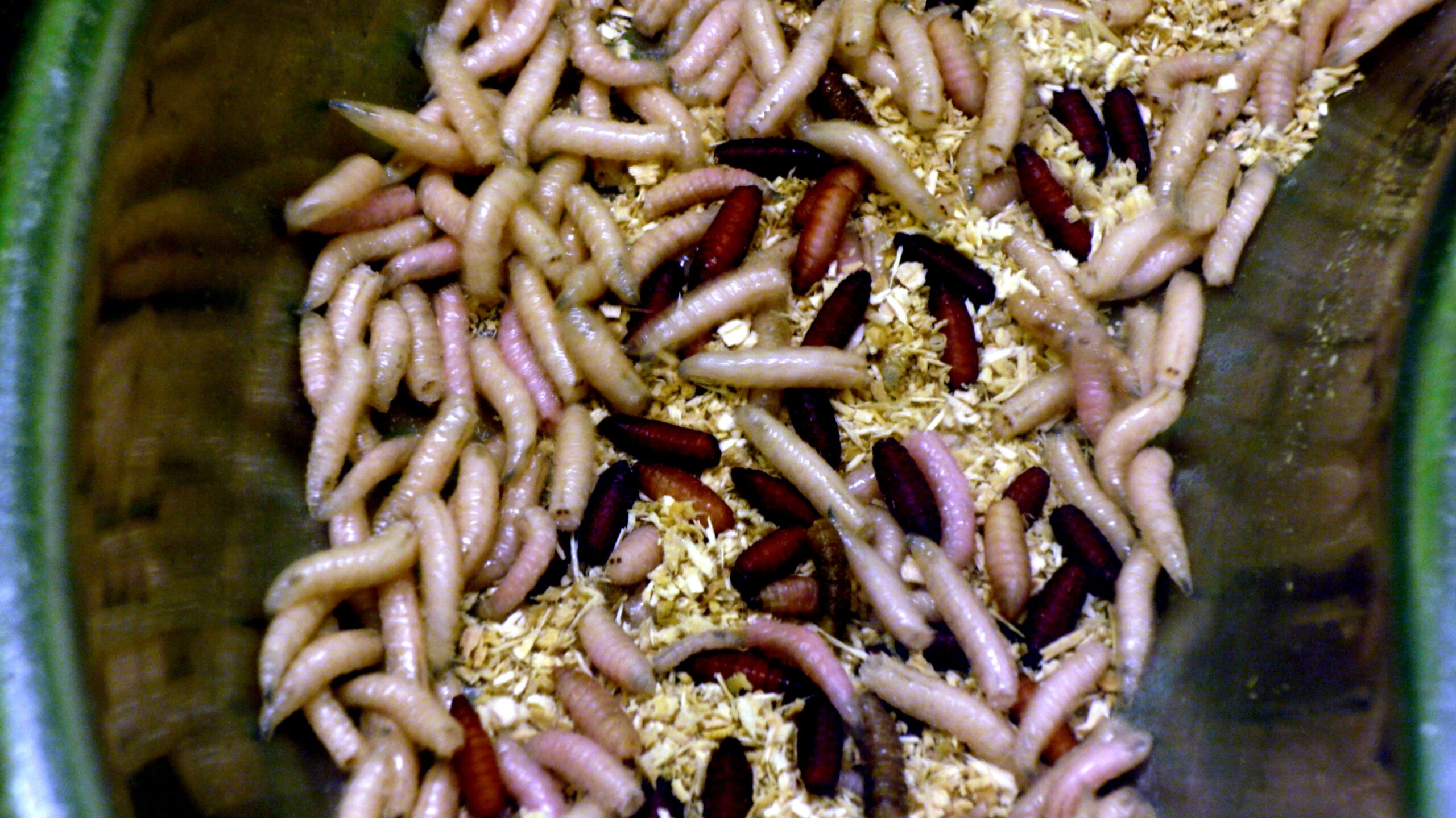
From a cost perspective, maggot therapy is remarkably economical. A single treatment typically costs between $100-300, compared to thousands of dollars for surgical debridement or extended antibiotic therapy. For healthcare systems struggling with budget constraints, maggots offer a way to provide effective treatment at a fraction of the cost of conventional alternatives. The reduced healing time also means shorter hospital stays and lower overall treatment costs. Insurance companies are increasingly recognizing the value proposition, with many now covering maggot therapy for appropriate conditions. The economic argument often succeeds where the scientific one faces resistance.
Training the Next Generation
Medical schools are beginning to include maggot therapy in their curricula, though progress remains slow. The therapy requires specialized knowledge about wound assessment, maggot handling, and patient psychology. Certification programs for healthcare providers cover everything from maggot biology to application techniques. Practitioners must understand not just the medical aspects but also how to address patient concerns and cultural sensitivities. Online training modules and simulation exercises help medical professionals overcome their own squeamishness before treating patients. The goal is to normalize the practice and make it as routine as prescribing antibiotics.
Research and Future Developments
Scientists continue to study maggot secretions, hoping to isolate and synthesize the active compounds for pharmaceutical development. If successful, this could lead to new antibiotics based on natural maggot chemistry. Research is also exploring the use of different fly species for specific conditions, potentially expanding the range of treatable wounds. Some studies suggest certain species may be more effective against particular types of infections. Genetic modification of medical maggots is being investigated, though this remains controversial. The goal would be to enhance their therapeutic properties while maintaining their natural safety profile.
The Future of Biological Medicine
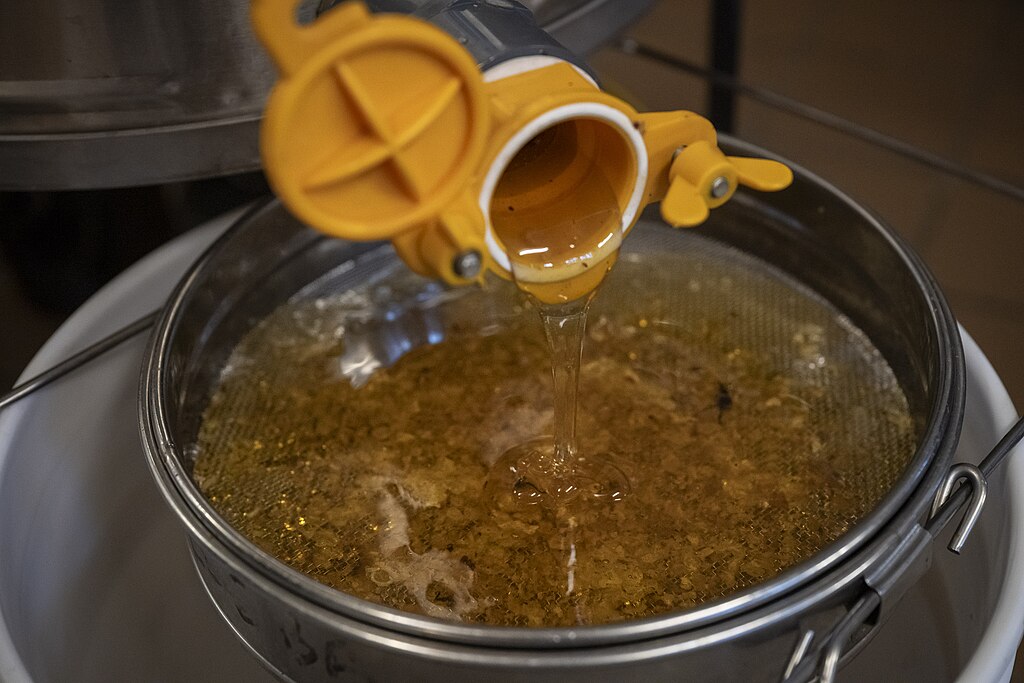
Maggot therapy represents a broader trend toward biological solutions in medicine. As antibiotic resistance grows and healthcare costs spiral, nature-based treatments are gaining renewed attention. Other insects and organisms are being studied for their potential medical applications, from honey’s antimicrobial properties to the use of leeches in microsurgery. The field of “zoo-pharmacology” is expanding rapidly. The success of maggot therapy has opened doors for other unconventional treatments that might have been dismissed as quackery just decades ago. It’s a reminder that sometimes the best solutions come from the most unexpected sources.
Conclusion

The journey from battlefield observation to FDA-approved medical device demonstrates how scientific curiosity can transform ancient wisdom into modern medicine. These tiny larvae have saved countless limbs and lives, proving that effective healthcare doesn’t always require high-tech solutions. While the thought of maggots crawling on human wounds may never feel completely natural, their track record speaks for itself. They represent a perfect example of how nature’s own solutions can outperform human ingenuity when we’re humble enough to learn from them. As antibiotic resistance continues to challenge modern medicine, these squirming surgeons remind us that sometimes the most powerful healing tools come in the smallest, most unexpected packages. Who would have thought that creatures associated with death could become such potent agents of life?

